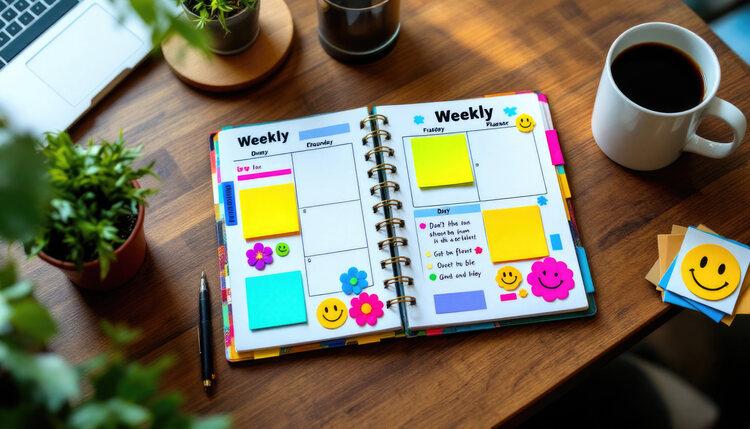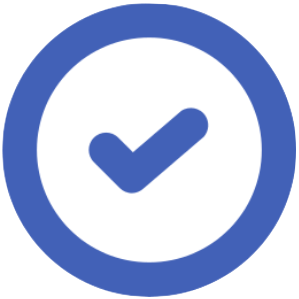 ESL Lesson Description: Present Perfect Using Adverbs
ESL Lesson Description: Present Perfect Using Adverbs
OVERVIEW & OBJECTIVES
This ESL lesson plan on the present perfect using adverbs offers engaging activities, PDF worksheets, and digital materials designed for intermediate B1 students. In this lesson, students will:
- Discuss their weekly schedules and compare them with Oscar’s busy planner.
- Learn how the present perfect is used with adverbs in sample sentences and dialogues.
- Practice forming and using sentences with already, just, still, and yet about their own week.
- Share a weekly planner and discuss completed and incomplete tasks with classmates or teacher.
WARM-UP ACTIVITY
Students begin this present perfect ESL lesson by looking at Oscar’s weekly planner and reading a short text about his busy week. They discuss questions about his schedule, including what he does for a living, his busiest day, and what important tasks he has or hasn’t completed. Students then shift focus to their own lives by comparing their weekly schedule to Oscar’s. They answer questions about their busiest and least busy days, as well as two important tasks they have already completed and two they haven’t completed yet. This section introduces both vocabulary for talking about schedules and the lesson theme in a natural and relatable way.
TARGET LANGUAGE STUDY
Students examine sentences about Oscar’s schedule that use the present perfect with the adverbs already, just, still, and yet. They discuss which tense is used, how to form positive, negative, and question sentences, and what type of words the adverbs are. Next, they complete grammar rules with the missing adverbs and confirm their understanding of how these words are used. Finally, they choose correct options in statements that clarify where to place adverbs in sentences and how they function. This step makes the grammar rules clear and practical for real-life use.
PRODUCTION PRACTICE
Students return to Oscar’s planner and create sentences using the present perfect with adverbs in the correct word order. For example, they describe if Oscar has already gone to an appointment or if he still hasn’t finished a task. After practicing with Oscar’s week, students make true sentences about their own week using prompts such as watching a movie, doing errands, or eating a healthy meal. Finally, they organize questions into the correct order and take turns asking and answering them with a classmate or teacher, practicing both forming and responding to questions with the target adverbs.
MY WEEK IN ACTION: ACTIVATING THE PRESENT PERFECT
Students choose between two options to actively use the target language. In Option A, they complete their own weekly planner, filling in tasks and identifying what they have already done, what they have just done, and what they still haven’t done yet. They share their planner with a classmate or teacher, talk about their activities, and ask each other follow-up questions. In Option B, students answer discussion questions such as what places they have already visited this year, what they haven’t done yet that they would like to do, or what they have just done that makes them feel good. Both options encourage students to personalize the language and use the present perfect naturally in conversation.
BENEFITS OF USING THIS ESL LESSON: PRESENT PERFECT USING ADVERBS
Teachers gain a ready-to-use lesson that helps students understand and use the present perfect with adverbs in realistic contexts. The clear structure moves from guided practice to personalized communication, making the grammar memorable. The warm-up connects language with daily life, while the target language section provides clear and simple rules. Students then practice and activate their knowledge through structured tasks and open conversation. This plan saves teachers preparation time, gives students plenty of speaking opportunities, and ensures strong learning outcomes in every class.
 Lesson Activities
Lesson Activities
Work, Calendar, Daily Life, Planning, Actions, Events
Work, Daily Planning, Actions, Events
Present Perfect Simple (just, already, still, yet)
Sharing Weekly Planners, Quiz & Review, Lesson Reflection



 Like us on facebook
Like us on facebook
